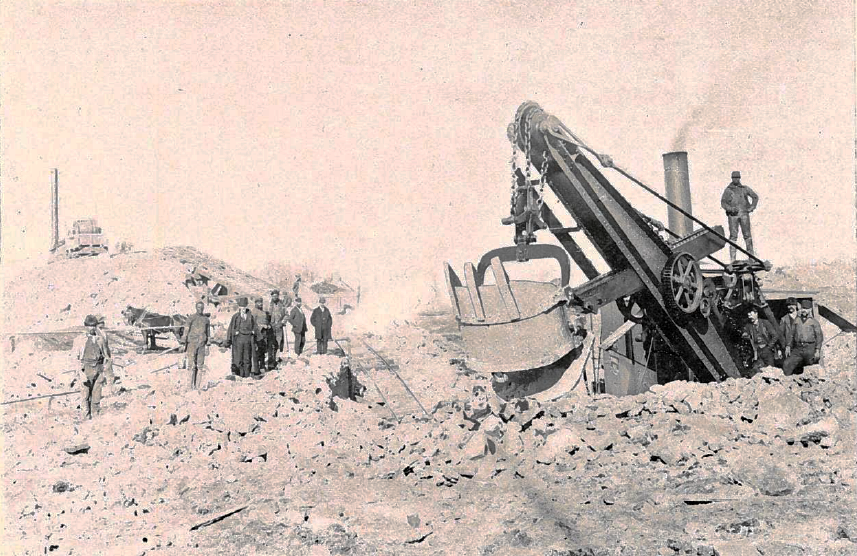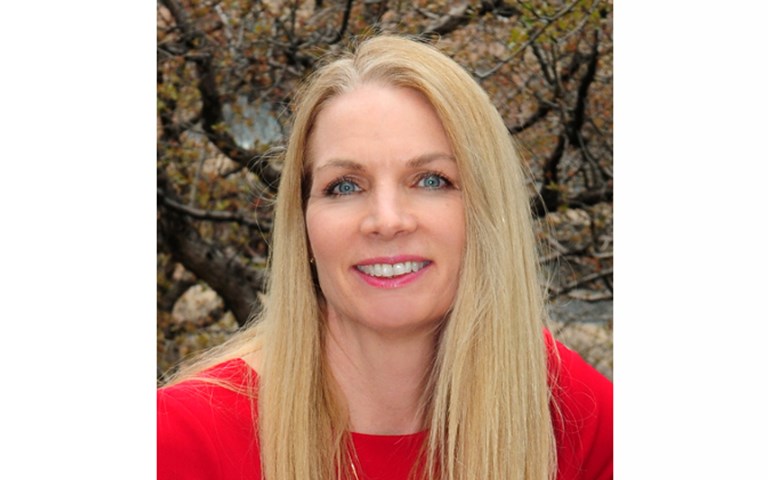Janice Zinck, CIM’s president for 2018-2019, may not have known what sort of career she would build for herself, but in her enthusiasm for science and her commitment to excellence, she had a solid foundation. Not long after starting with Energy, Mines and Resources, they invested in her future by supporting her Master’s degree in metallurgical engineering. She found the challenges in providing science and technology to support Canada’s mining sector too rewarding to pass up. Now as a director at CanmetMINING, Zinck leads a team of scientists and engineers to develop and deliver innovation strategies to enhance the economic and environmental performance of the sector.
Zinck has been a member of CIM for more than 25 years and has served on the boards of the Canadian Mineral Processors (CMP), the Metallurgical Society (MetSoc) and the Environmental and Social Responsibility Society (ESRS) of CIM as well as Chair of the Ottawa Branch. Zinck has presented widely on the subject of improving the environmental and economic performance of mine operations as a past CIM Distinguished Lecturer
As President during CIM’s 120th anniversary, Zinck aims to uphold the values CIM was founded upon – bringing people together, exchanging knowledge and best practices, and supporting the mining industry. Though technological advancements are changing the way we mine, Zinck said she believes CIM can tackle new challenges facing the mining industry through collaboration among a member base with broad and varied expertise.
CIM: What initially interested you in mineral processing?
Zinck: In my undergraduate studies, I was always interested in earth sciences. I graduated with degrees in chemistry and geology, and was thrilled when I landed a job at what was then called Energy, Mines and Resources – now Natural Resources Canada. While I didn’t have a formal mineral processing background, I gained experience in the field, which I leveraged in subsequent studies. I then applied my hydrometallurgy degree to a range of different fields. Consistently working in the environment and processing sides of the sector to develop technologies and solutions to challenges facing the mining industry. Now I’m focused on developing two new industries in Canada: rare earth elements and chromite/ferrochrome.
CIM: When did you join CIM?
Zinck: I joined CIM in the early 1990s after my McGill thesis advisor suggested that I should join. It was the best $10 I ever spent! I became a student member, then went on to be an associate member and a full member. I got involved and engaged and have been a part of this great community ever since.
CIM: What is the significance of a milestone like CIM’s 120th anniversary?
Zinck: Maintaining relevance for 120 years is a huge accomplishment for any organization, but especially for a member-based not-for-profit. That means that you’re still providing quality content. It’s very significant.
CIM is at a turning point. A lot is changing in society and at CIM, as we can see while we transition to ‘One CIM’, which is all about embracing its members and working together. We have 10 societies and more than 30 branches, but we’re one organization looking at how we can support the mining sector in Canada and abroad. There is collaboration in the organization between the societies and with the branches. It is very dynamic and positive. Members see the value of being part of one strong, vibrant organization.
CIM: You have spent a great deal of your professional career working with mineral and metallurgical processing and environmental management. I’m sure some see those as directly opposed, have you found that to be the case?
Zinck: Absolutely not. Much of my work and leadership has been in and around what we call a “green mining approach” and that includes everything through the mining cycle. I definitely believe that processes, technology, techniques and policies can be both beneficial to the environment and cost competitive. Let’s take energy for example. Huge amounts of energy go into crushing, grinding and milling; it’s extremely energy inefficient. So even just small improvements in the comminution circuit will significantly reduce the cost of energy consumption. At the same time, it will improve from the environmental perspective as well. There are lots of great examples of organizations trying to look at how they can improve their operational performance while employing a greener approach by applying clean technology.
CIM: How has CIM taken steps to support the mining industry in its initiatives to be more environmentally conscious in the past?
Zinck: It’s making room to ensure that everybody has a voice and is able to contribute. It’s expanded ESRS’ programming and membership, which focuses both on the environment and on the social side of the sector. CIM simply needs to continue developing programming and content that supports greening the industry and highlights best practices.
CIM: How will the mining industry and CIM need to adapt moving forward?
Zinck: The mining industry is at a crossroads now. More than ever, we’re seeing a change. We’re seeing new technologies coming in, we’re seeing a big transference to artificial intelligence, to data analytics, and the industry needs to step up to that challenge and evolve, and CIM has to be there to support the industry. A lot of that will come from the strong technical content CIM has, but the way that members get and exchange information may need to change and CIM will have to keep pace and be responsive.
CIM: What are your goals for your presidency?
Zinck: In the last few years previous presidents, in particular Ken Thomas, have done a great job of strengthening the financial side of the organization and growing membership. Now, as we forge ahead, I look forward to working with [CIM Executive Director] Angela Hamlyn and the Presidents Council to bring this organization closer together.
For me, it’s about connection, collaboration and community. That’s really going to be my mandate, strengthening those relationships within the organization and then outside the organization. We can achieve more together. Between the dedicated volunteers, the knowledge and talents of our members, and the willingness of people wanting to work towards supporting the mining sector in Canada, this organization can do so much. I can see the changes happening and if I can help facilitate CIM becoming an even more collaborative community, a more integrated and connected sector, then I have achieved my personal objective as President.
CIM: What is one of your favourite CIM memories?
Zinck: I have many favourites, but one that has notable meaning was being recognized by my CMP family with the first ever Ray MacDonald Volunteer Award. I was completely blown-away by the recognition particularly as the award was named for my long-time mentor and friend Ray MacDonald. At that moment I felt the support of such a strong community. My goal as a CIM President is that every CIM member feels that same sense of belonging.



